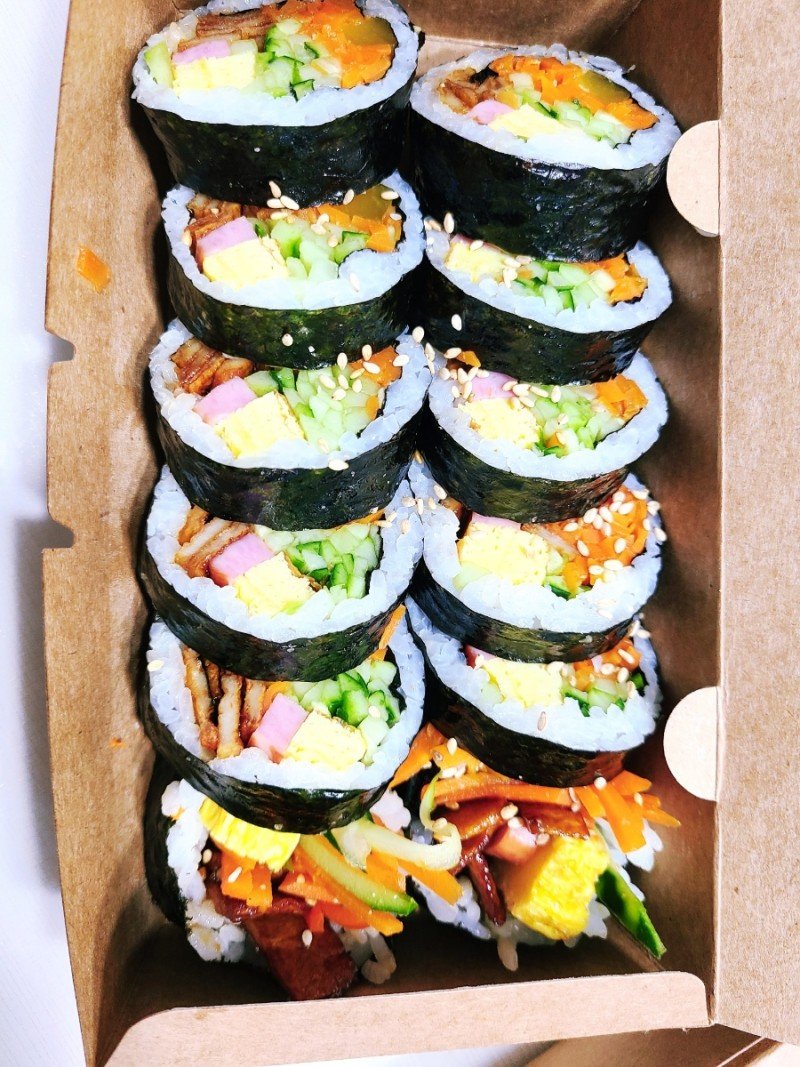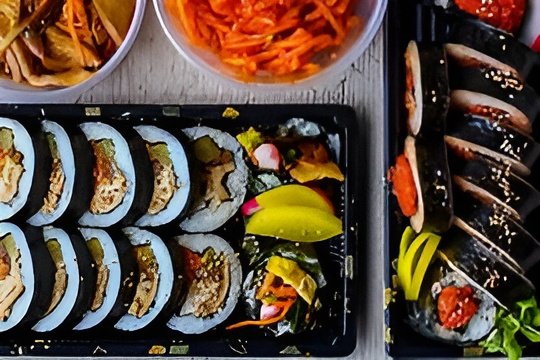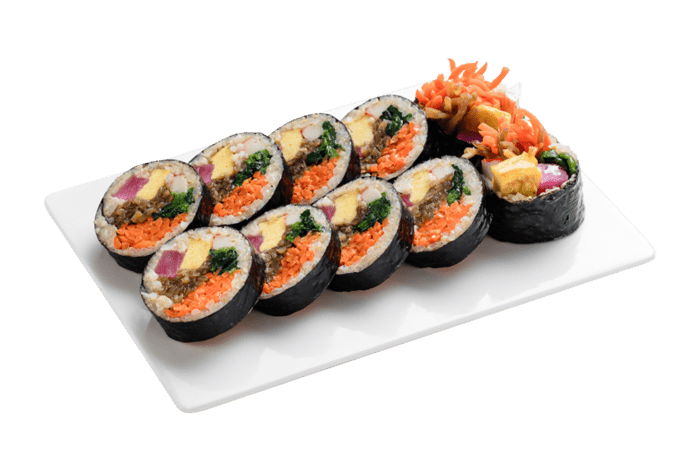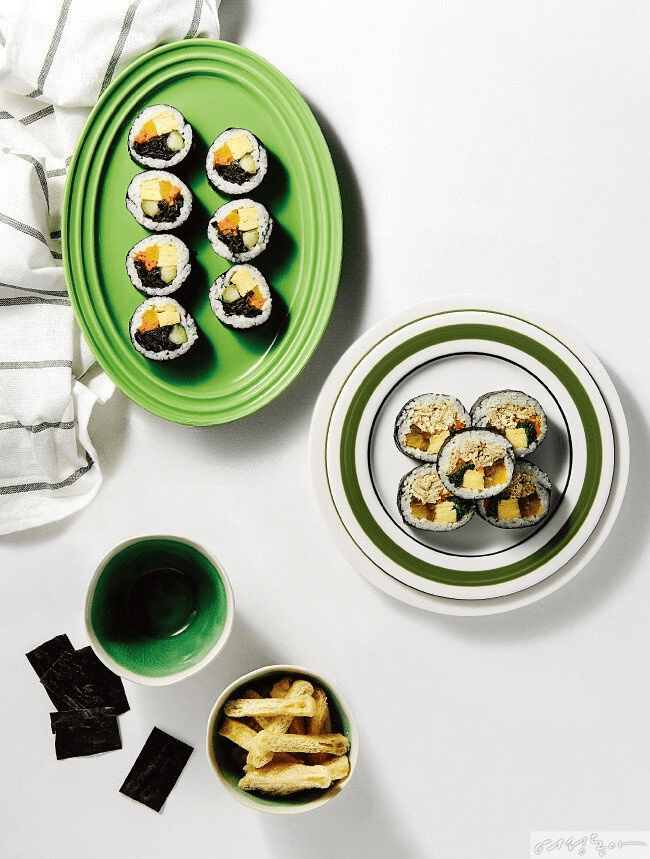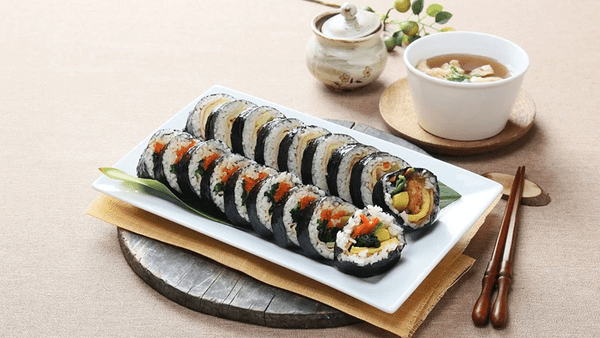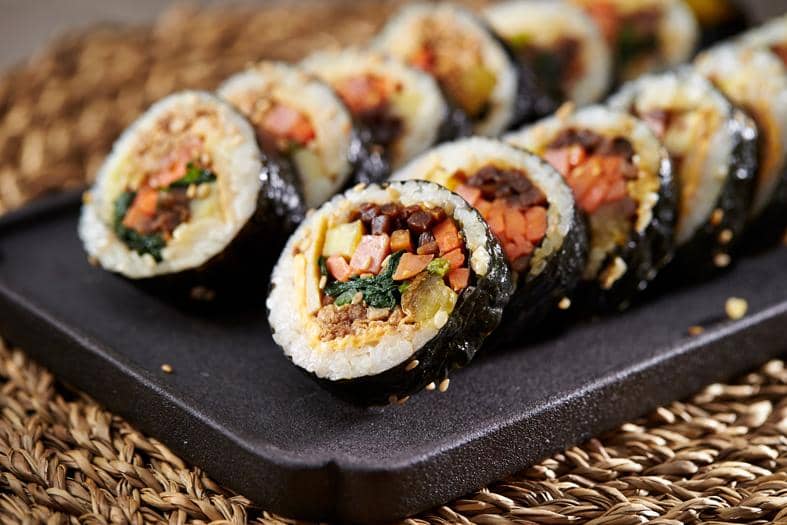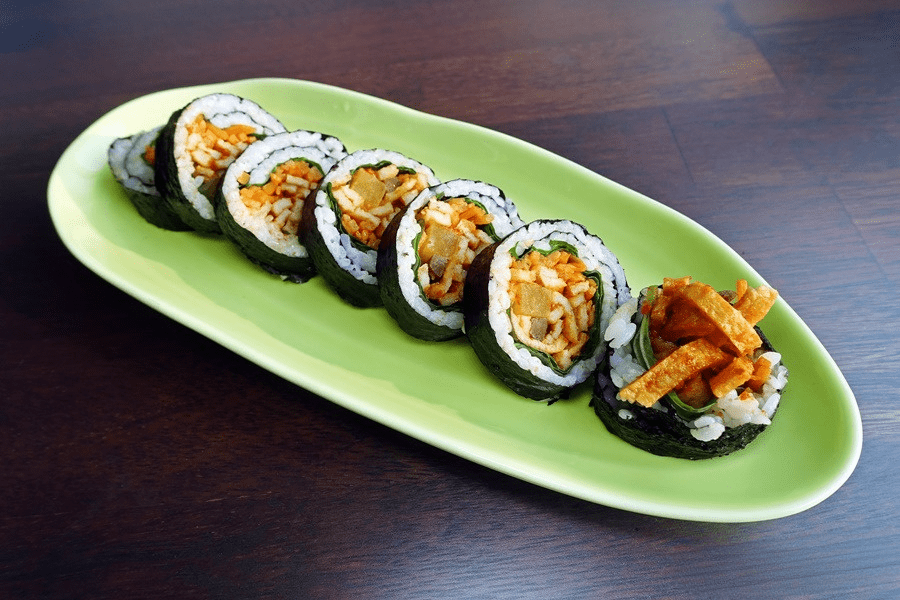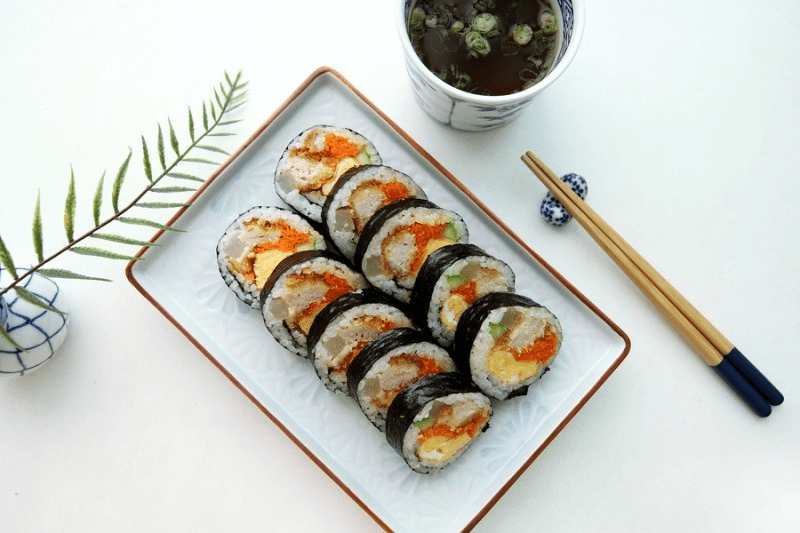왕자님 김밥 (Prince Kimbap)
왕자님 김밥
Title: A Comprehensive Overview of "왕자님 김밥" (Prince Gimbap)
Introduction:
"왕자님 김밥" or "Prince Gimbap" is a fun and interactive subject that delves into the art of Korean cuisine, specifically focusing on the beloved dish of gimbap. In this overview, we will explore the origins, ingredients, preparation techniques, and cultural significance of 왕자님 김밥.
1. Origins:
Gimbap is a traditional Korean dish that originated in the early 20th century. It was influenced by the Japanese dish "maki-zushi" and adapted to suit Korean tastes, eventually becoming a staple in Korean cuisine. 왕자님 김밥, which translates to "Prince Gimbap," is a playful term that emphasizes the royal status of this dish, highlighting its popularity among both royalty and the general public.
2. Key Ingredients:
The main ingredient of 왕자님 김밥 is steamed short-grain rice, seasoned with a mix of sesame oil, salt, and sometimes vinegar. The rice is then wrapped in a sheet of dried seaweed (nori). Other essential ingredients may include pickled radish, carrots, cucumbers, spinach, and a variety of protein options such as bulgogi (marinated beef), ham, or fish cake. The ingredients allow for flexibility, making 왕자님 김밥 versatile and customizable to personal preferences.
3. Preparation Techniques:
To create 왕자님 김밥, the first step is to lay out a sheet of nori and evenly spread a layer of seasoned rice on top. The chosen ingredients are then placed in a neat line across the rice, allowing for a balanced mix of flavors. The roll is carefully wrapped, using a bamboo mat or hands, to achieve a tight and compact shape. Finally, the roll is sliced into bite-sized pieces and served.
4. Cultural Significance:
Gimbap holds a special place in Korean culture as a convenient and portable meal option. It is ideal for picnics, lunchboxes (dosirak), and as a popular snack. 왕자님 김밥 is often associated with childhood nostalgia, as it is a common lunch choice for Korean schoolchildren. The dish has even appeared in various forms of media, such as cartoons and children's books, further solidifying its cultural significance.
5. Regional Variations:
While 왕자님 김밥 follows a general recipe, there are also regional variations throughout South Korea. For example, the Jeolla Province version named "Nammun Gimbap" includes additional ingredients like beef and julienned egg. Each region brings its own twist to the dish while maintaining the core concept of gimbap.
Conclusion:
왕자님 김밥, or Prince Gimbap, explores the art and culture of Korean cuisine through the lens of this popular dish. With its origins rooted in tradition and its versatility in ingredients and flavors, 왕자님 김밥 holds a cherished place in Korean culinary history, inviting individuals of all ages to enjoy its deliciousness and experience the joy of creating and eating this delightful Korean treat.
